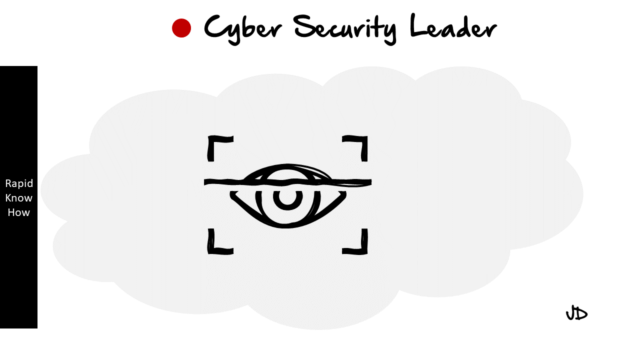**Needs**
The industrial gas industry is a critical component of many sectors, including healthcare, manufacturing, and energy. These gases – which include oxygen, nitrogen, argon, and carbon dioxide – are used in a wide range of applications, from welding and cutting to freezing food and even treating patients in hospitals. However, the industry faces several challenges. These include the need for more efficient production and distribution methods, increased safety measures, and reduced environmental impact.
In recent years, there has been a growing interest in leveraging cloud technology to address these needs. The cloud offers numerous potential benefits for the industrial gas industry. These include improved data management and analytics capabilities, enhanced operational efficiency, and the ability to integrate with other digital technologies such as IoT (Internet of Things) devices and AI (Artificial Intelligence).
**Solution**
Cloud Industrial Gases is a solution that aims to address these needs by providing a comprehensive platform for managing all aspects of industrial gas operations. This platform leverages cloud technology to offer a range of features designed to improve efficiency, safety, and sustainability.
For instance, Cloud Industrial Gases can provide real-time data on production levels, inventory status, and equipment performance. This data can be accessed from anywhere at any time, allowing for more effective decision-making and problem-solving. Additionally, predictive analytics capabilities can help identify potential issues before they become serious problems, thereby reducing downtime and maintenance costs.
Moreover, Cloud Industrial Gases can facilitate better collaboration between different parts of the business. For example, sales teams can access up-to-date inventory information to provide accurate quotes to customers while production teams can use sales data to plan their operations more effectively.
**Action**
To implement Cloud Industrial Gases in your organization, you would first need to conduct an assessment of your current operations to identify areas where cloud technology could provide the most benefit. This might involve consulting with various stakeholders, including production staff, sales teams, and IT personnel.
Next, you would need to select a cloud provider that can meet your specific needs. This could involve comparing different providers based on factors such as cost, security features, and the ability to integrate with existing systems.
Once you have selected a provider, the next step would be to plan and execute the migration of your data and processes to the cloud. This would likely involve a combination of training for staff, system testing, and gradual implementation to minimize disruption.
**Conclusion**
In conclusion, cracking the cloud code in relation to industrial gases involves understanding the specific needs of the industry and how cloud technology can address these needs. Cloud Industrial Gases offers a promising solution by providing a platform for improved data management, operational efficiency, and collaboration. However, implementing this solution requires careful planning and execution to ensure that it delivers the desired benefits. By taking these steps, industrial gas companies can position themselves for success in an increasingly digital world.




